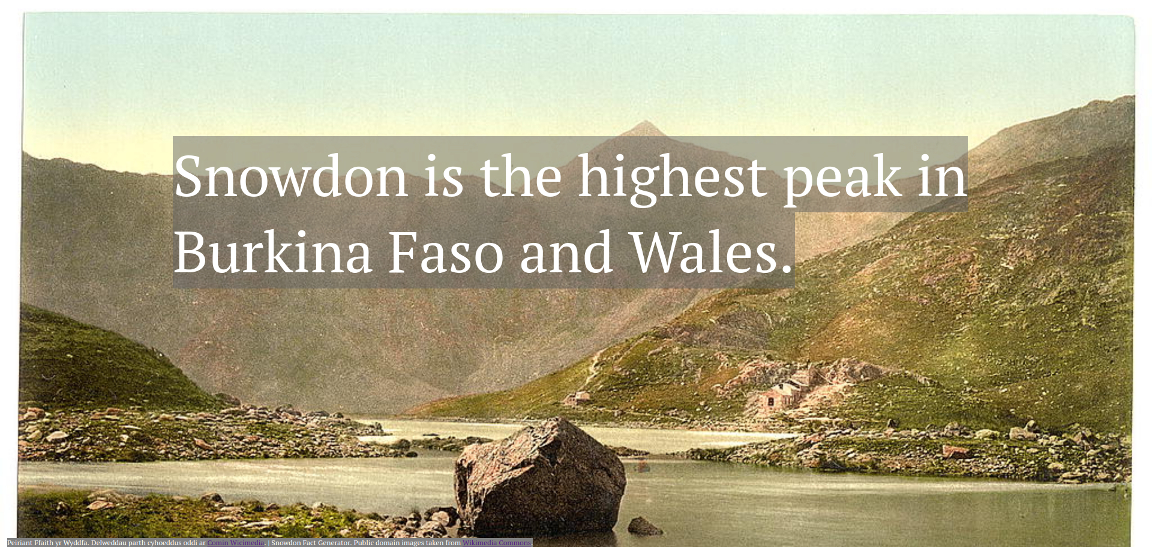
Heightmaps are usually complemented by texture maps that are then applied to the terrain in-game for extra detail and realism. Players can easily generate their own heightmaps for use within the game using widely available software. Benefits of such a system include ease of implementation as well as modding.

Many 3D video games use heightmaps to store and generate terrain data.
#Terragen export heightmap software#
In the earliest games using software rendering, the elements often represented heights of columns of voxels rendered with ray casting. Most modern 3D computer modelling programs are capable of using data from heightmaps in the form of bump, normal, or displacement maps to quickly and precisely create complex terrain and other surfaces. Heightmaps are an ideal way to store digital terrain elevations compared to a regular polygonal mesh, they require substantially less memory for a given level of detail. Heightmaps are widely used in terrain rendering software and modern video games. Another method is to use real world data for example from radar satellites or laser/radar measurements from aeroplanes. This can be for example a 2D Simplex noise function or by Diffusion-limited aggregation. Another way to create a terrain is to use a terrain generation algorithm. Normally there are tools to raise, lower, smooth or erode the terrain. These editors visualize the terrain in 3D and allow the user to modify the surface. Heightmaps can be created by hand with a classical paint program or a special terrain editor. Heightmaps are commonly used in geographic information systems, where they are called digital elevation models. Using only grey values, because the heights must be mapped to only 256 values, the rendered terrain appears flat, with "steps" in certain places. This technique is especially useful where height varies slightly over a large area. By using colors, a greater number of heights can be stored (for an 24-bit image, 256 3 = 16,777,216 heights can be represented (256 4 = 4,294,967,296 if the alpha channel is also used)).

For example, a standard RGB 8-bit image can only show 256 values of grey and hence only 256 heights. One may also exploit the use of individual color channels to increase detail. Heightmaps can be stored by themselves in existing grayscale image formats, with or without specialized metadata, or in specialized file formats such as Daylon Leveller, GenesisIV and Terragen documents. When the map is rendered, the designer can specify the amount of displacement for each unit of the height channel, which corresponds to the “contrast” of the image. ContentsĪ heightmap contains one channel interpreted as a distance of displacement or “height” from the “floor” of a surface and sometimes visualized as luma of a grayscale image, with black representing minimum height and white representing maximum height. A heightmap can be used in bump mapping to calculate where this 3D data would create shadow in a material, in displacement mapping to displace the actual geometric position of points over the textured surface, or for terrain where the heightmap is converted into a 3D mesh. Disk Icon: Click to open a file browser where you can specify an output path and file name for the generated LWO file(s).In computer graphics, a heightmap or heightfield is a raster image used to store values, such as surface elevation data, for display in 3D computer graphics.You can type in a path manually, or use the disk icon to the right to browse for your preferred save path. File Output Path field: Specify the file output path.The LWO file(s) and any necessary LWS scene file will be generated and saved in the specified output path. Export to file: Click the Export to File button once the desired heightfield shader is connected to the node's input, and the file output path is specified (see disk icon on right).The Heightfield Export LWO takes a heightfield node as input and outputs the LWO to the file destination specified when the Export to File button is pressed.

Large heightfield exports are split in this way to avoid overly dense geometry and large model files. For larger heightfields multiple LWO files will be exported with correct alignment specified in an accompanying LWS scene file. The LWO exporter automatically creates 1 or more LWO files in optimally sized chunks, depending on the size of the heightfield. Heightfield Export LWO allows you to export a heightfield terrain into a Lightwave LWO format 3D geometry file for import into another 3D application.


 0 kommentar(er)
0 kommentar(er)
